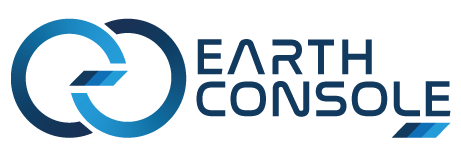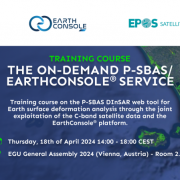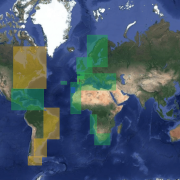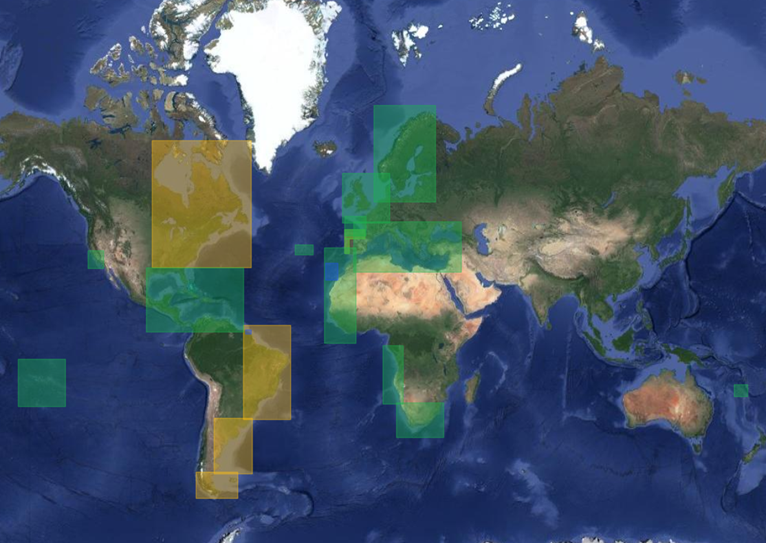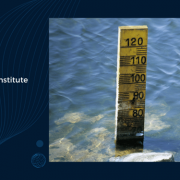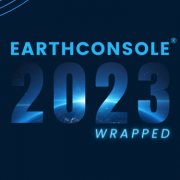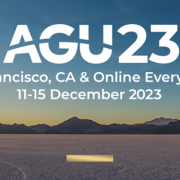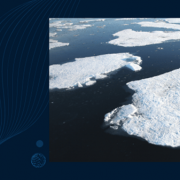Investigating Earth surface displacement with the on-demand P-SBAS service for Sentinel-1
Our planet continually undergoes transformations, with natural and human-induced displacement shaping its surface. Comprehending these changes is paramount across various disciplines, from environmental science to disaster preparedness and response.
Fortunately, advancements in satellite technology have provided us with tools to detect and study the Earth’s surface dynamics.
In particular, the Differential Synthetic Aperture Radar Interferometry (DInSAR) technique permits to measure the deformation component along the radar line of sight (LOS) with a very large spatial coverage capability and with accuracy of a fraction of the wavelength relevant to the transmitted microwave signals. This result is achieved by exploiting the phase difference (interferogram) between pairs of complex SAR images, usually referred to as single look complex (SLC), which are acquired by the SAR sensor at different times.
Furthermore, over the last 30 years advanced DInSAR approaches, which allow the retrieval of the temporal evolution of the detected surface deformations by exploiting large multitemporal SAR data sets, have been developed. Among these, the Small BAseline Subset (SBAS) technique developed at IREA – CNR (Italian Institute for Electromagnetic Sensing of the Environment), offers the possibility to compute displacement time series and the corresponding mean deformation velocity map with centimeter to sub-centimeter accuracy.
The SBAS approach has emerged as particularly effective to investigate ground displacements both in natural and anthropogenic hazard contexts, such as volcanoes, earthquakes, landslides and human-induced deformation due to mining activities, fluids exploitation, and large infrastructures construction.
Moreover, in 2014, a parallel version of the SBAS algorithm, referred to as the P-SBAS approach, was developed. This implementation is able to properly exploit distributed computing infrastructures, such as grid and cloud computing (CC) environments.
In this context, the P-SBAS algorithm, specific for the Sentinel-1 data processing, has been released as an on-demand web-based tool by integrating it within the EarthConsole® platform.
The on-demand P-SBAS service for Sentinel-1 represents a collaboration between IREA-CNR and Progressive Systems’ EarthConsole® platform, bridging the gap between advanced satellite monitoring and end-users.
This service empowers users to investigate surface displacement autonomously.
Through the intuitive EarthConsole® interface, users can select the SAR data to be processed over their area of interest, set the input parameters for the processing, and download processing outputs once ready.
How to access the on-demand P-SBAS for Sentinel-1 service
Interested users can request the service by completing all parts of the P-PRO ON DEMAND form on the EarthConsole® webapp.
The information collected through the form serves as a basis to help you prepare a sponsorship request for the ESA Network of Resources. If approved, the sponsorship covers the cost of using the service for up to 500 processing hours over six months.
Want more information, or want to talk about your specific use case? Contact us.
